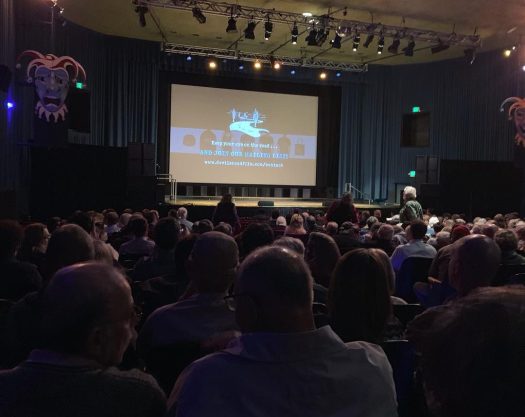
Ashley Miranda is a latinx poet & teacher from Chicago. Most of their work is an exploration of mental health, gender, and trauma. Their poetry collection Thirteen Jars: How Xt’actani Learned to Speak was recently published by Another New Calligraphy. They have a chapbook, dolores in spanish is pain, dolores in lolita is a girl, which focuses on sexual abuse and reclaiming Dolores Haze, published by Glass Poetry. Their work has been previously featured by Yes, Poetry, Rising Phoenix Review, MAKE magazine, and other publications. They tweet impulsive poetry and other musings @dustwhispers and you can learn more about their work at agirlaloof.com.
 Tell us a bit about your new chapbook, dolores in spanish is pain, dolores in lolita is a girl. Â What is the collection about and how did it come into being?
Tell us a bit about your new chapbook, dolores in spanish is pain, dolores in lolita is a girl. Â What is the collection about and how did it come into being?
The collection is primarily focused on navigating sexual childhood trauma and how pop culture compresses and complicates dealing with trauma. It’s partly a critique of pop-cultural reimagining of Lolita/Nymphets/Dolores Haze and an attempt to navigate the gravity of sexual trauma, how it reaches out and resonates, ripples into everything you see.
I first started working on poems without a clear idea of a chapbook about two and a half years ago. At first, I started with responses to Lana del Rey’s Lolita and the shop Dolls Kill, which featured a Lolita-inspired collection, both referencing Nabakov’s Lolita. Despite my love of Lana, I had an inherent issue with the idea of inhabiting Lolita in a positive light. And that’s grown. Commercialization of ‘Nymphets’ is growing – from clothes, to songs, to lipsticks. As someone who has dealt firsthand with that trauma, I felt immensely troubled by how normalized and sexualized young children were becoming through the media they were consuming.
From there, the chapbook realized itself. I wrote about trauma a lot, though I wouldn’t call myself a ‘trauma’ writer. It surfaces in my work because it needs to at times. Because I feel that the aftermath, the triggers, the PTSD, the mental health, the way others and I see the world are important. I wanted to voice that in my poems. I eventually began critiquing the novel Lolita, which is a novel that I have a hate-love relationship with and I have immense empathy for Dolores Haze, who is often an afterthought despite being the epicenter of the sensual representation of a ‘lolita’. Some of my poems are directly in response to lines describing Lolita, some poems are response to rape culture, some a response to strength. Whatever strength that those who have survived such events can capture.
Continue reading “Poet Spotlight: Ashley Miranda on surrealism, pop culture, and navigating trauma”






